Philodendron Rubrocinctum- Rare
Original price was: ₹8,976.00.₹3,499.00Current price is: ₹3,499.00.
Out of stock
Email when stock available
Size: Single plant| Free Shipping | Pot Included
Philodendron Rubrocinctum Features
Drought Tolerance
This plant is drought tolerant and can survive in dry conditions. Because it has such large leaves, it is able to store water in its leaves and does not need to be watered as often as other plants.
Air Purification
This tropical plant is also great for purifying the air as it filters out harmful toxins and pollutants, and helps to improve the quality of the air in your home or office. It removes carbon dioxide and replaces it with oxygen, which can help to improve your overall health.
Low Maintenance
It is a low maintenance and does not require a lot of care. It is a great choice for busy people who want to add a splash of color to their space without having to worry about too much upkeep.
Toxicity
This plant is toxic to both humans and animals if ingested. If you have children or pets, it is important to keep this plant out of reach. Severe reactions can occur if this plant is ingested, so it is important to seek medical help immediately if you suspect that someone has eaten this plant.
Dormancy
Philodendron rubrocinctum goes dormant in the winter months, and its leaves will turn brown and fall off. This is normal, and the plant will begin to grow new leaves in the spring. It should not be fertilized during this time.
Philodendron Rubrocinctum Care
Philodendron rubrocinctum care includes giving the plant bright, indirect light and well-draining soil. Water the plant when the top inch of soil is dry. Fertilize monthly in spring and summer with a balanced fertilizer diluted by half. This plant can be propagated by division or stem cuttings.
Quick Guide
| Soil | A mixture of potting soil, peat or sphagnum moss, and perlite or charcoal. |
| Light | Bright, indirect sunlight. |
| Water | When the topsoil is dry (once a week). |
| Humidity | More than 60%. |
| Temperature | 60 F to 100 F |
| Fertilizer | Twice or thrice every spring and summer. |
| Pruning | Not required. |
| Repotting | Every 1-2 years. |
Soil Requirements
Philodendron Rubrocinctum prefers a mixture of potting soil, peat or sphagnum moss, and perlite or charcoal. This plant does not like to sit in wet soil, so it is important to make sure that the mix drains well.
Light Requirements
Philodendron Rubrocinctum needs bright, indirect sunlight. It can tolerate some direct sun, but too much will scorch the leaves. If you are growing this plant indoors, place it near a window where it will get plenty of light.
Water Requirements
Water Philodendron Rubrocinctum when the top inch of soil is dry. Over-watering can cause the roots to rot, so be sure to let the soil dry out between watering. You should water it once a week in the summer, and every other week in the winter.
Humidity
This plant prefers high humidity, so mist the leaves regularly or place the pot on a tray of pebbles and water. It needs more than 60% humidity to thrive.
Temperature
This plant prefers warm temperatures, between 20 and 40 degrees Celsius. It will go dormant in the winter, and its leaves will turn brown and fall off. This is normal, do not fertilize during this time.
Fertilizer Requirements
Fertilize this plant monthly in spring and summer with a balanced fertilizer diluted by half. You can also add some slow-release fertilizer to the potting mix when you repot the plant.
Pruning
Pruning is not necessary for this plant, but you can trim off any dead or dying leaves. Always use sterilized pruning shears to avoid spreading disease.
Repotting
Repot your plant every one to two years, in the spring. When repotting, use a pot that is only slightly larger than the current pot. Like other philodendrons such as Philodendron werneri ‘Rotonda’, this plant also does not like its roots to be disturbed, so be careful when repotting.
Appropriate Pot Type
When potting this plant, choose a pot that is only slightly larger than the current pot. This plant does not like its roots to be disturbed, so a too-large pot can cause the plant to go into shock.
How to Repot Philodendron Rubrocinctum
To repot this plant, carefully remove it from the old pot. Gently loosen the roots and replant in a new pot that is slightly larger than the old one. Use a mixture of pot mixture of potting soil, peat or sphagnum moss, and perlite or charcoal. Water well and place in a bright, indirect sunlight location.
Symptoms of Overwatering or Underwatering
If this plant is overwatered, the leaves will turn yellow and drop off. The stem will become mushy and the roots will rot. If this plant is underwatered, the leaves will turn brown and drop off.
Treatment for Overwatering or Underwatering:
If your plant is overwatered, allow the soil to dry out completely and then water sparingly. If your plant is underwatered, water more frequently until it recovers.
Common Problems and Their Solutions
These are common problems that you may encounter while growing Philodendron Rubrocinctum:
Brown Leaves
This could be due to too much direct sunlight, not enough humidity, or dry air. Move the plant to a shadier location and mist the leaves regularly.
Yellow leaves
This could be due to over-fertilizing, waterlogged soil, or pests. If you think you have over-fertilized the plant, flush the pot with water to remove excess fertilizer from the soil. However, if the soil is waterlogged, allow it to dry out completely before watering again.
Leggy Stems
This is usually due to insufficient light. Move the plant to a brighter location.
Pests and Diseases
Philodendron Rubrocinctum is susceptible to mealybugs, spider mites, and aphids. These pests can be controlled with insecticidal soap.
-
- Symptoms of mealybugs include white, cottony patches on the leaves.
- Signs of spider mites include webbing on the underside of the leaves and small, brown dots on the upper side of the leaves.
- Signs of aphids include curling or yellowing leaves.
This plant is also susceptible to root rot and fungal diseases. These can be controlled by maintaining proper drainage and not overwatering the plant.
Root Rot
Root rot is a fungal disease that can be caused by overwatering or poor drainage. The symptoms include yellowing leaves, wilting, and mushy stems.
Treatment for root rot: If you think your plant has root rot, allow the soil to dry out completely and then water sparingly. In severe cases, remove the plant from the pot and carefully remove any rotten roots. Repot in a clean pot with fresh potting mix and water sparingly.
Fungal Diseases
Fungal diseases can be caused by overwatering, poor drainage, or humid conditions. The symptoms include yellowing leaves, brown spots on the leaves, and wilting.
To treat fungal diseases, remove the plant from the pot and carefully remove any affected roots. Repot in a clean pot with fresh potting mix and water sparingly.
Tips for Caring for Philodendron Rubrocinctum Indoors
- Place in a bright, indirect sunlight location.
- Water when the top inch of soil is dry.
- fertilize monthly during the growing season.
- Mist regularly to increase humidity.
Outdoor Care
Philodendron Rubrocinctum can be grown outdoors in frost-free climates.
-
- Place in a shady location.
- Water when the top inch of soil is dry.
- Fertilize monthly during the growing season.
- Mulch around the base of the plant to help retain moisture.
Philodendron Rubrocinctum FAQs
Is Philodendron Rubrocinctum toxic?
Yes, Philodendron Rubrocinctum is toxic to both humans and animals if ingested. If you have children or pets, it is important to keep this plant out of reach.
When to Repot Philodendron Rubrocinctum?
It is best to repot this plant every one to two years, or when the roots begin to outgrow the pot.
How often should you water Philodendron Rubrocinctum?
Water this plant when the top inch of soil is dry. Over-watering can cause the roots to rot, so be sure to let the soil dry out between watering.
Conclusion
So there you have it, everything you need to know about the Philodendron Rubrocinctum! This beautiful plant is definitely a conversation starter, and with its easy care instructions, it’s perfect for anyone looking for a low-maintenance addition to their home. Be sure to give this one a try – you won’t be disappointed!
Only logged in customers who have purchased this product may leave a review.

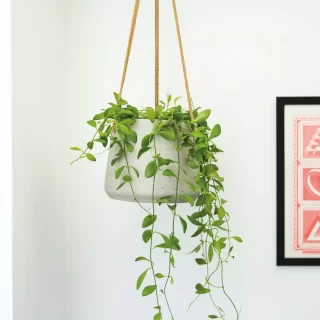
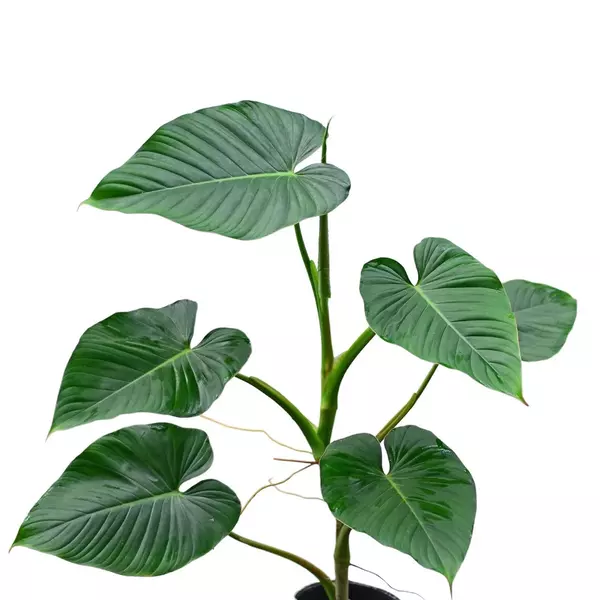
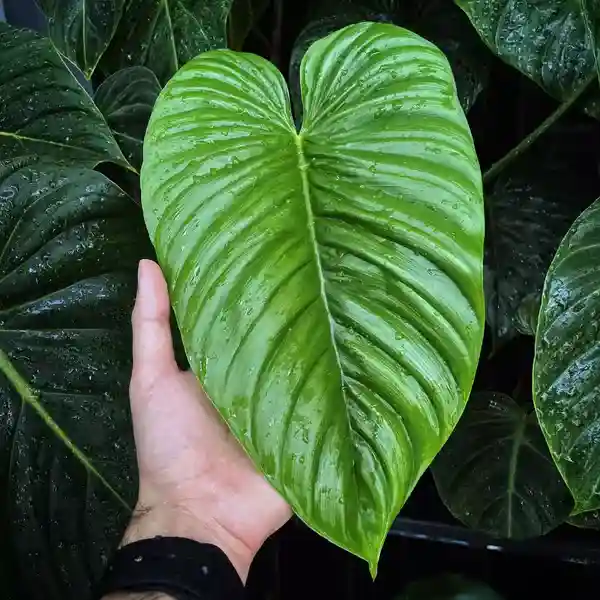
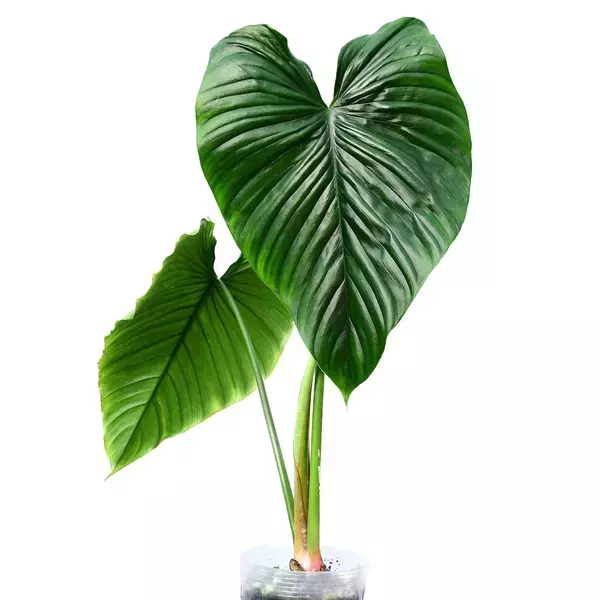
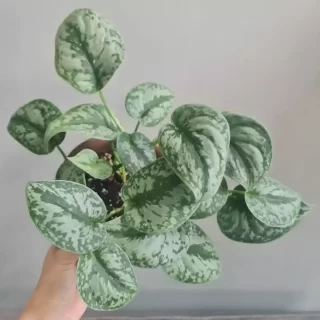
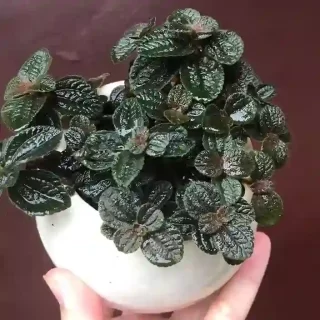
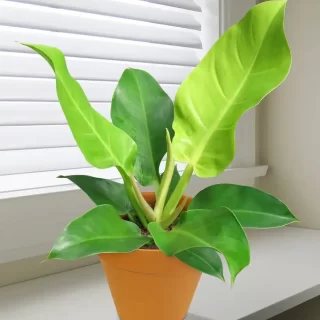
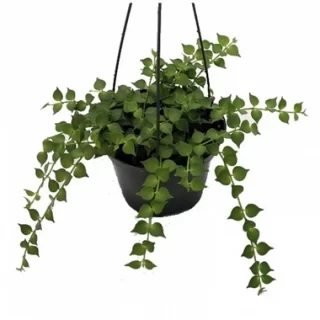
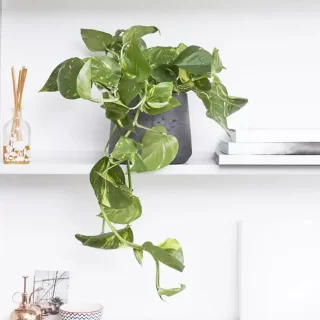
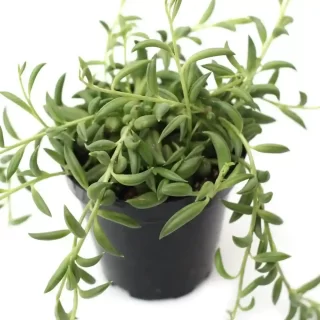
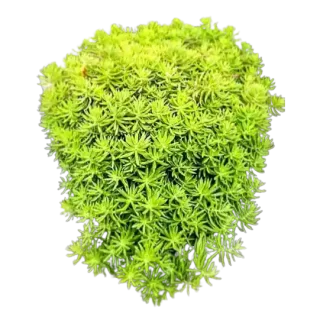
 If you need any assistance, I'm always here. Have you found what you were looking for?
If you need any assistance, I'm always here. Have you found what you were looking for?
Reviews
There are no reviews yet.